While often thought to be easy, writing for children of any age is more complex than writing a book for adults. The reason for that is due in large part to the specificity of each reading level. A picture book with less than five hundred words will occupy a toddler, but a first grader will better interact with a book that is considered an “easy reader,” and shows signs of a plot and loveable characters.
By the time children are in second or third grade, they’ll have graduated to early chapter books, which will need stronger plot points and easy to read sentences that also help them learn new, age-appropriate vocabulary words as well. Middle school age kids will need a fully developed plot and characters they can relate to in order to stay interested. Once in high school, teenagers should be reading young adult to adult level books that deliver a powerful and appropriate theme, incorporate subplots with the overall plot, and are enjoyable to read.
Becoming Their Favorite Author
So, how do you make sure your book becomes the next big hit? Start with a unique story, then use these tips to write a book that kids will love:
Know your target audience.
Having a unique story idea is only the beginning. From there, you must decide which children’s audience is the best fit. Your book needs to fall into one of these categories:
- Picture books (Ages 0–3)
- Easy reader books (Ages 4–7)
- Early chapter books (Ages 6–9)
- Middle school grade books (Ages 8–12)
- Young adult books (Ages 13–18)
Read a lot.
The most important aspect of writing a book for any children’s audience is to first read as many books as possible in the reading level you selected above. Educating yourself about what the market provides for young readers in that reading level is valuable. Also, take note of book cover design. Kids, like adults, gravitate toward book covers; so, your book cover must be able to compete for their attention as well.
Choose an appropriate theme/message.
The theme used in a young adult novel will be more mature than one conveyed in early chapter books or middle school age books. Whether your book’s theme is family, making a big life choice, finding good friends or something else, deliver it on a level that your target readers will be able to understand, process, and talk about with an adult.
Word choice is important.
Remember that your vocabulary as an adult is far more advanced than the vocabulary of a third grader and even a student in tenth grade. Pay special attention to your word choice and how many words you use in each sentence. Always aim to use one strong word in place of two or more words. Match the vocabulary in your book to what your target audience is capable of reading and comprehending.
Use Flesch-Kincaid grade level assessment.
I highly recommend using the Flesch-Kincaid grade level assessment to check your book’s reading level. This assessment computes the average sentence length, the average length of words, word difficulty level, and the total amount of words in a piece of writing. Based on those averages, the assessment will tell you which grade level readers will need to be in to understand your book.
If you use Microsoft Word, you can turn on “readability statistics” under spelling and grammar preferences in the main menu. You can also use this free readability checker to assess your text.
Entertainment is key.
Children read purely for enjoyment, so your storyline must be full of excitement, adventure, mystery or another tactic to keep young readers engaged from the first page to the last.
Be subtle.
Just as kids can sniff out hidden vegetables in their dinner, they can also pick up on an adult preaching to them. Be subtle in how you deliver your message on right and wrong or good and bad. Hiding the lesson doesn’t mean kids won’t process it—they will. It just means they won’t be cognizant of it while they read.
Test it with your target audience.
The last step left is to test your book with readers in your target audience, also known as beta readers. Ask young readers specific questions to gain the most feedback possible. These questions are a great jumping off point:
- Did you like reading this book?
- What was your favorite part of the story?
- Did you like when _______ happened?
- What did you like/dislike about [insert specific character]?
- Was the [insert antagonist character’s name] scary?
- Is there something you didn’t like about the book?
Interested in publishing your children’s book? Visit our website to learn more about our publishing services.
Discover more from Mill City Press
Subscribe to get the latest posts sent to your email.





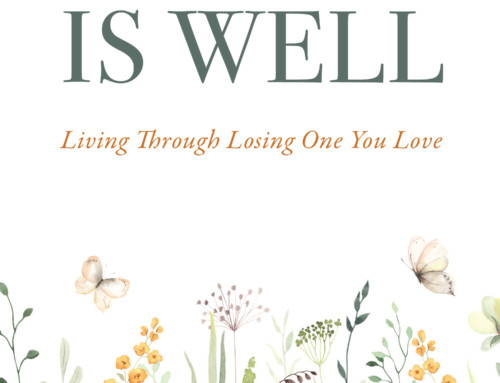

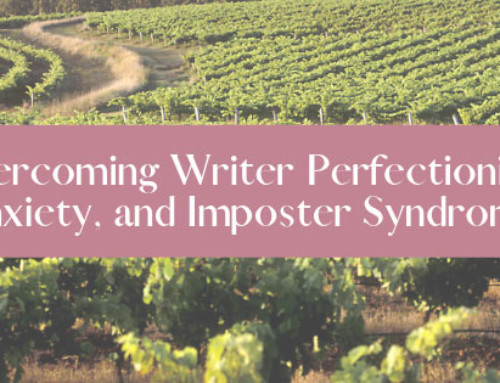
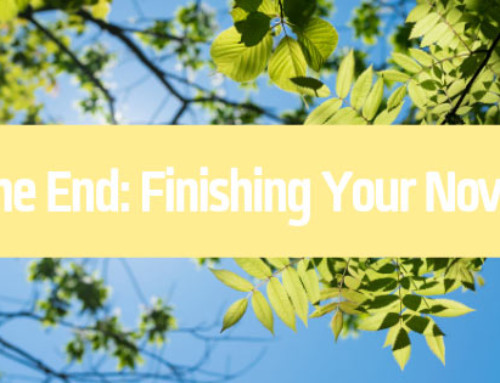
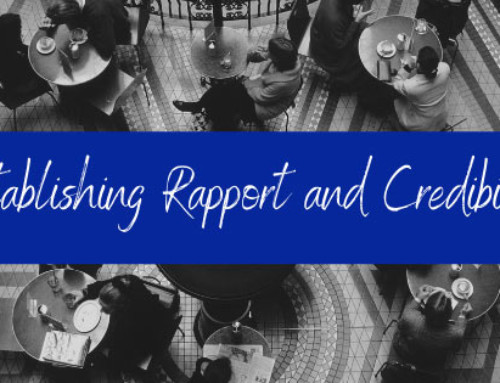

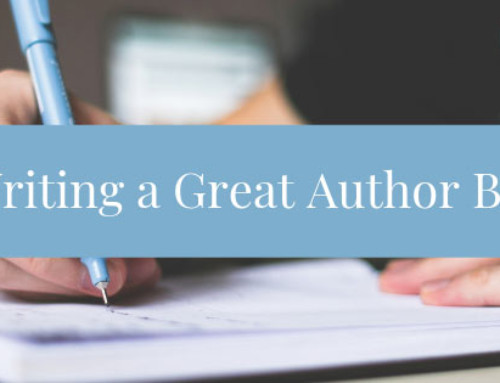

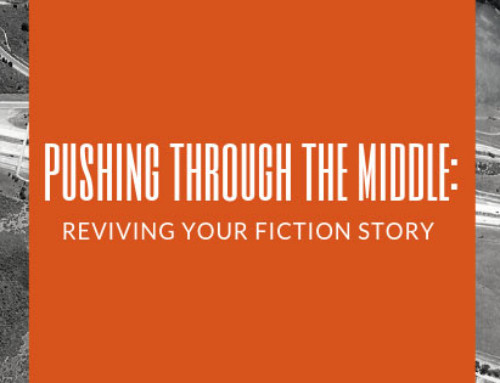
Leave A Comment